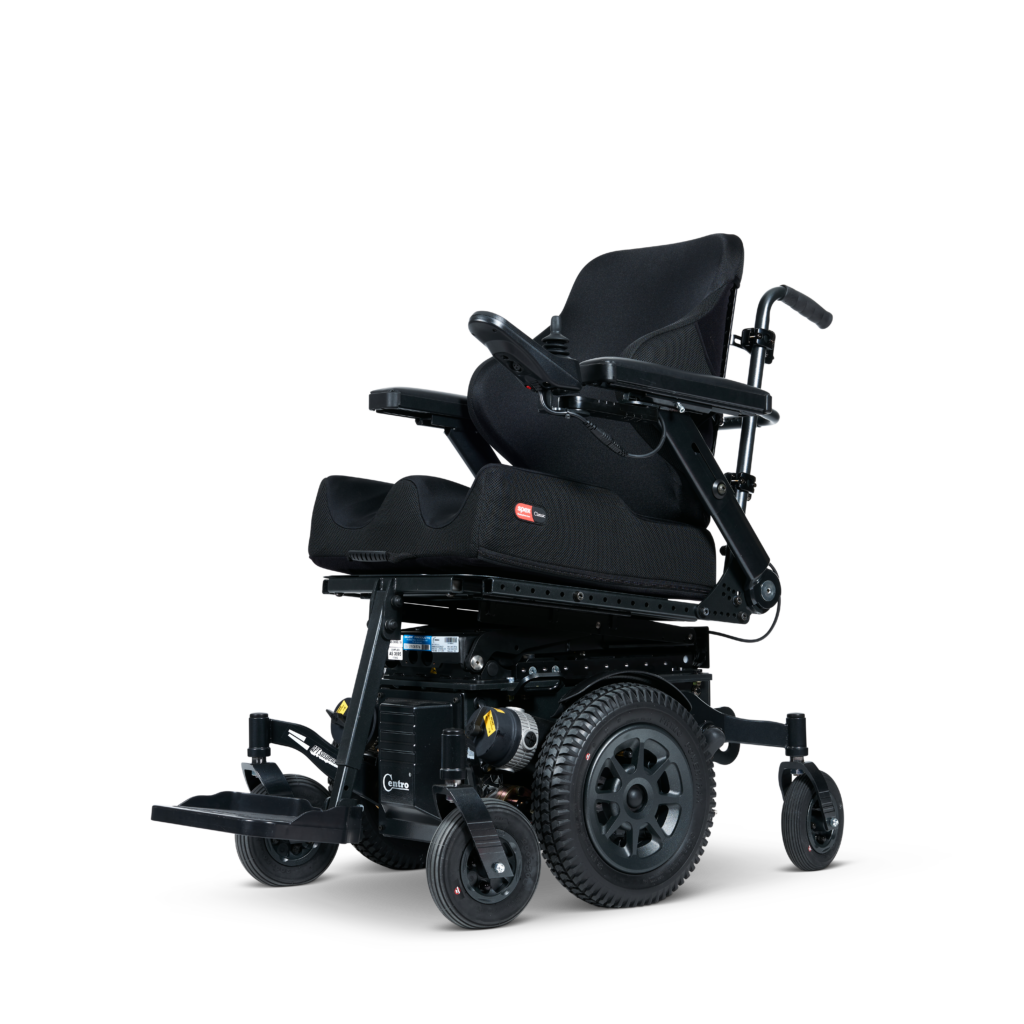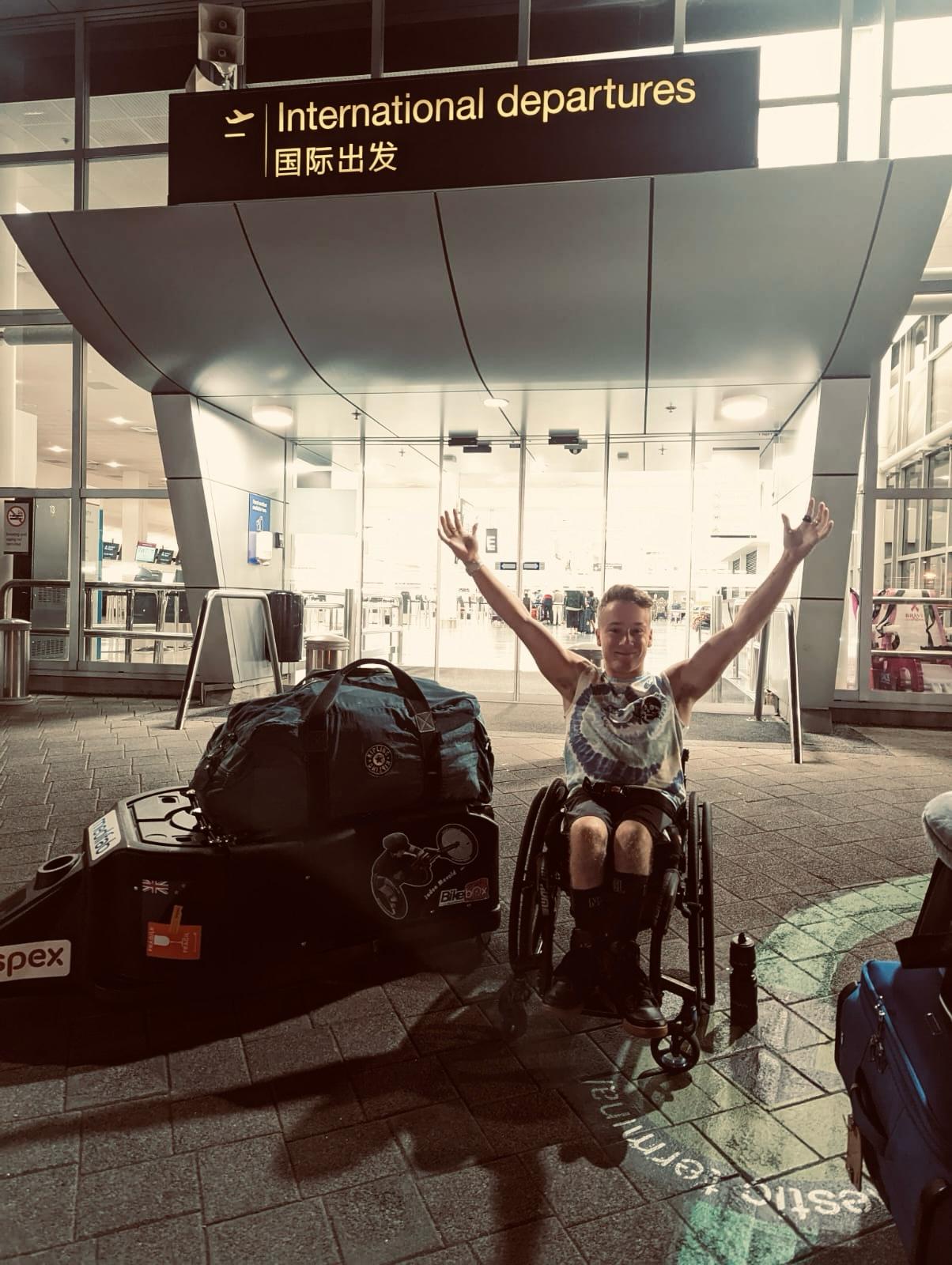As I gear up for my upcoming international wheelchair racing season, I can’t help but reflect on the incredible opportunities that come with travelling the world as both an athlete and a wheelchair user.
This season, I’m fortunate to travel to destinations like Australia, the UAE, and Switzerland to compete, and each trip brings unique challenges and rewards. While preparing to navigate airports, accommodations, and accessibility in different countries, I’ve learned valuable lessons that I want to share, not just for athletes like me but for anyone travelling internationally as a wheelchair user.

Travelling as an athlete with a racing wheelchair requires specific considerations. Racing wheelchairs are large, fragile, and uniquely designed, so ensuring they arrive safely at your destination is a top priority. This starts with notifying the airline well in advance and checking their policies for oversized or specialised equipment. Packaging tools, spare parts, and protective covers are also essential to safeguard the chair during transit. But as any wheelchair user knows, managing personal mobility and ensuring your day-to-day wheelchair arrives intact is just as important, if not more so.
For wheelchair users in general, the most crucial step is to plan ahead. Research your destination to understand the accessibility landscape, including accommodation, transport options, and attractions. Look for hotels with features like step-free entrances, elevators, and roll-in showers. Don’t hesitate to call ahead to confirm accessibility, as what’s advertised isn’t always accurate. Similarly, learn about local transport systems. Some cities have excellent, accessible public transport, while others might require you to rely on taxis or rental vehicles equipped with ramps.

Air travel can be one of the most challenging aspects of international travel. Arriving early at the airport is critical, especially when navigating security checks. For wheelchair users, this process often involves additional inspections of your chair or assistive devices. It’s vital to advocate for yourself during these interactions. Politely but firmly ensure the security team speaks to you directly, rather than your caregiver or companion. Statements like, “Please address me with any questions,” can set the tone and establish your independence. Carrying documentation for medical devices or equipment can also help streamline the process.

Packing strategically is essential for all travellers but especially important for wheelchair users. Keep vital items like medications in your carry-on luggage. If you rely on specific equipment like a cushion or portable charger, pack duplicates to avoid issues if your luggage is delayed. A well-stocked repair kit can also be a lifesaver in case of unexpected issues with your wheelchair.

Once you’ve arrived at your destination, flexibility becomes your best ally. Despite all the preparation, unexpected challenges can arise: elevators may be out of service, cobblestones might test your patience, or accessible taxis might be unavailable. These moments require patience, creativity, and sometimes asking for assistance. Many locals are willing to help, and connecting with disability advocacy groups or online communities can provide invaluable tips for navigating your destination.

While travelling as a wheelchair user requires extra effort, the rewards make it worthwhile.
“Every journey is an opportunity to see the world, meet new people, and experience different cultures.”
For me, it’s not just about the competition, it’s about the memories made along the way, from navigating bustling airports to exploring vibrant cities. Whether you’re travelling for a race or simply for adventure, the key is preparation, advocacy, and a willingness to embrace the unexpected.
Travelling can feel overwhelming, but with the right mindset and tools, it becomes an empowering experience. As I head into my next season, I’m reminded of the possibilities waiting beyond each challenge. Wherever your travels take you, let them be filled with discovery, growth, and the joy of knowing you’re capable of navigating the world on your terms.










